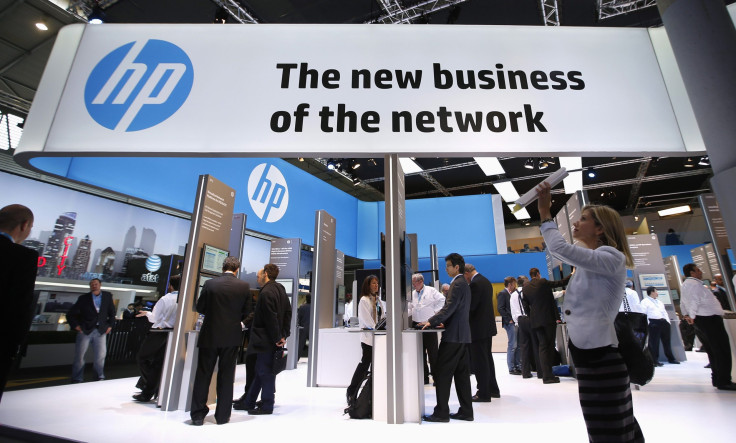Hewlett-Packard (HPQ) Meets Fourth-Quarter Expectations On Strong Notebook Sales

Old-line tech stalwart Hewlett-Packard, which is set to split into two companies amid a struggle to stay relevant in the age of the cloud, tablets and smartphones, mostly met Wall Street’s modest expectations for its fourth quarter Tuesday.
Revenue came in at $28.4 billion, down 2 percent from last year, on net income of $1.3 billion. Earnings per share on a GAAP basis were 70 cents, down 4 percent from the previous period.
For the full year, HP reported earnings per share of $2.62 on net revenue of $111.5 billion
“I’m excited to say that HP’s turnaround continues on track,” said Chief Executive Officer Meg Whitman, in a statement. “In FY14, we stabilized our revenue trajectory, strengthened our operations, showed strong financial discipline, and once again made innovation the cornerstone of our company.”
HP said sales of personal systems were up 4 percent on strong notebook sales. However, results were generally weak across the rest of the company’s major operating units.
Printing systems, an area where HP is counting on emergent, 3D systems to drive future growth, were off 5 percent year over year. Sales of information technology systems to large enterprises were down 4 percent, with supercomputing systems down 29 percent.
Sales of outsourced tech services and support were down 7 percent.
Faced with several years of stagnant operations, HP is looking to shake things up by splitting into two operating units. HP Inc. will focus on printing and PC sales, including tablets, while HP Enterprise is to focus on the commercial IT market. The split is expected to be complete by the end of fiscal 2015.
HP in October introduced some innovative products it hopes will give it an edge in a hardware market that’s becoming increasingly commoditized.
The HP Multi-Jet Fusion is a 3D printer the company says is 10 times faster than anything currently on the market. The machine has a footprint about the size of a household washer-and-dryer set, making it office friendly.
The HP Sprout, meanwhile, is a PC system that combines a Windows desktop with a 3D scanner and horizontal touch display instead of a keyboard. In addition to typing, the display mat can be used to input scanned images and manipulate them for creative projects.
“Our product roadmaps are the best they’ve been in years and our partners and customers believe in us,” Whitman said. “There’s still a lot left to do, but our efforts to date, combined with the separation we announced in October, set the stage for accelerated progress in FY15 and beyond.”
HP shares were off about 1 percent in after-hours trading.
© Copyright IBTimes 2025. All rights reserved.





















